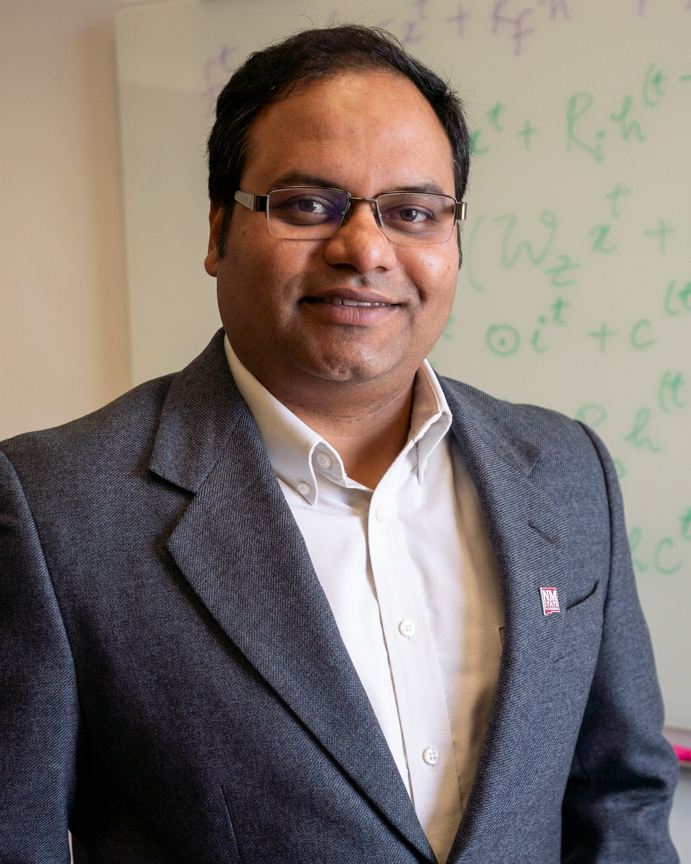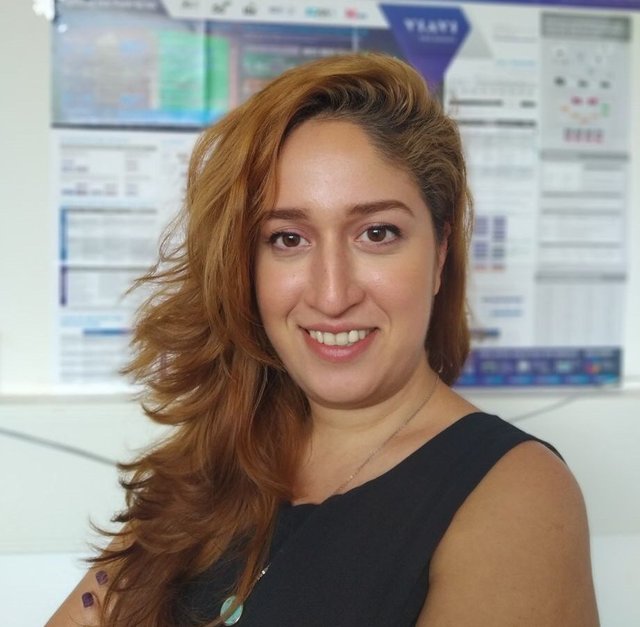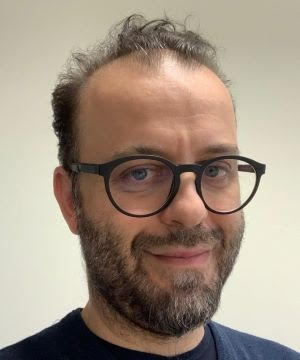 Satyajayant Misra, New Mexico State University, USA
Satyajayant Misra, New Mexico State University, USA
Leveraging SDN and NFV for Pervasive Edge Computing: Challenges and Opportunities
Abstract: With the rapid increase in traffic originating at the edge of the internet, the edge computing paradigm will become an important tool in the chest of network engineers to meet the needs of the traffic. The inherent features provided to applications by edge computing—low latency, privacy, and efficient data handling—makes computing at the network’s edge especially attractive. To further utilize edge computing and to democratize the process of using devices at the edge, the concept pervasive edge computing (PEC) was proposed. A PEC Ecosystem democratizes the landscape of edge devices that can perform computing by allowing any capable device (user, infrastructure) to join the computing ensemble. But, this also significantly increases the number of devices that need to be managed at the edge. This is where the software defined networking and network function virtualization concepts and deployments can be leveraged to make the PEC ecosystem more tractable and efficient. In this talk, we will discuss the opportunities that the use of SDN and NFV can provided in the PEC. We will conclude with a discussion of the challenges in the use of SDN and NFV for PEC.
Bio: Professor Misra is a professor in computer science and electrical and computer engineering in New Mexico State University. He is also the associate dean of research in the college of engineering. His research interests include anonymity, security and survivability in networks and protocol design for wireless networks, the future Internet, blockchain and decentralized finance, smart-grid architectures, and Industry 4.0. Dr. Misra has more than 100 peer-reviewed publications with more than 7900 international citations. Many of his publications result from interdisciplinary research and are published in selective venues, such as ACM CCS, Journal of Cleaner Production, and IEEE INFOCOM. He has served on the editorial board of several journals and on program committee of conferences.
Dr. Misra's research is funded by several federal agencies, amounting to $40 million in funded research with over $5 million as lead PI or project lead. He is a lead for the recently funded prestigious NSF RINGS funding, co-lead of the NM SMART Grid Center Networking Research Group. He has also been recognized as an outstanding mentor in NM twice (2019 and 2021).
 Bahare M. Khorsandi, Nokia, Germany
Bahare M. Khorsandi, Nokia, Germany
The architecture for 6G which connects the three worlds
Abstract: The rapid evolution of wireless communication technologies has paved the way for the development of the next generation of cellular networks. Building upon the foundations laid by its predecessor, 5G, 6G aims to deliver unprecedented levels of connectivity, data rates, and latency reduction, catering to the diverse requirements of emerging applications such as network-as-a-sensor, the AI-native air interface, as well as mixed reality (XR), and autonomous systems. 6G is no longer a long-term aspiration. It is a framework of technologies that will become a reality by the end of the decade. We are transitioning from the idea-generation phase to systematization and proof-of-concept realization. This talk is dedicated to presenting the latest progress on many of the key technologies in the 6G ecosystem and the envision for future 6G systems from Nokia perspective.
Bio: Bahare M. Khorsandi is a Core Network Specialist research engineer at Nokia Strategy and Technology based in Munich Germany. She is currently active in 5G Core Network evolution (and migration to 6G) and their reflect on various standardization forums, developing and designing the 6G architecture in the platform of European (Hexa-X and Hexa-X-II) and Regional (6G-ANNA) research projects and sustainability and progressing the United Nation Sustainable Developing Goals (UN-SDGs) in ICT sector for the next generation of mobile network (6G for sustainability and sustainable 6G trends).
 Alessio Giorgetti, National Research Council of Italy, Italy
Alessio Giorgetti, National Research Council of Italy, Italy
SDN Control of Disaggregated Optical Networks
Abstract: This talk reports on the state-of-art, current trends, potentials and limitations of the SDN control applied to disaggregated optical networks. The utilization of disaggregated equipment in optical transport networks is emerging as an attractive solution to bring flexibility and prevent network operators from vendor lock-in dependencies. The disaggregation concept can be applied vertically (as in the most traditional SDN approach) to separate the control plane from the data plane, and horizontally aiming at decomposing the optical data plane in its single components. The first step for enabling a vertically disaggregated optical network is the standardization of well-defined interfaces between the data plane and the network controller, thus bypassing proprietary network management systems. To this end, relevant work is ongoing in the definition of multi-source agreements and YANG models for disaggregated devices. This way, an SDN controller could build on standard YANG models and procedures to consistently control, configure and monitor the optical network. This approach also enables operators and service providers to rapidly innovate the offered services through the implementation of specific applications on the top of the SDN controller. Horizontal disaggregation presents the data plane as a set of terminal devices (i.e., transponders) and Optical Line Systems (OLS). With this solution, the operators are enabled to independently upgrade transponders, which typically have a shorter technological life-cycle. Alternatively, the data plane can be disaggregated in transponders and reconfigurable optical add-drop multiplexers (ROADMs) or even ROADMs degrees.
Bio: Alessio received the Ph.D. degree from Scuola Superiore Sant’Anna (SSSA), Pisa, Italy, in 2006. In 2007, he was a visiting scholar at the Centre for Advanced Photonics and Electronics, University of Cambridge, UK. From 2008 to 2020 he was Assistant Professor at SSSA. From July 2020, he is a Researcher at the Institute of Electronics, Information Engeneering and Telecommunications of the National Research Council of Italy, CNR-IEIIT.
His research interests include Software Defined Networking (SDN), control plane of optical networks, and industrial networks. More recently, his research has included design and experimentation of control plane solutions for Quantum Key Distribution networks. He is author of more than 150 IEEE publications.


